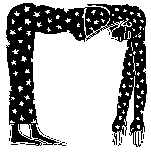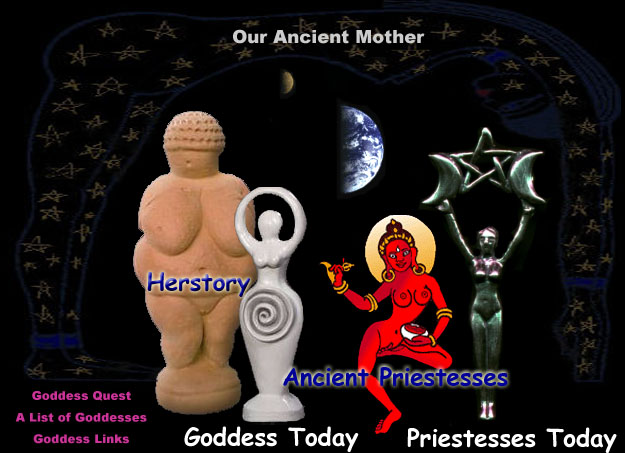
Nuit
From Wikipedia, the free encyclopedia.
|
Nuit in hieroglyphs |
||
|
In the Ennead mythology, Nuit (alternatively spelt Nut) was the sky goddess, in contrast to most other mythologies, which usually have a sky father. Nuit is a daughter of Shu, god of the air, and Tefnut, goddess of moistness. Her husband was Geb, the earth, with whom she had 4 children - Osiris, Isis, Set, and Nepthys. In myth, she originally lay eternally having sex with Geb, but Shu (the air) later separated them, and it was said that if she ever returned to that position, chaos would reign (because the world was the bit that existed between the two).
Originally she was the goddess of the daytime sky, but in later times became the sky in general. The sun god, at this point Ra, was thought, on his nightly voyage, to enter her mouth after the sun set, and be reborn from her vulva when the sun rises. She also swallowed and re-birthed the stars, and thus was regarded as an eternal mother, and also goddess of resurrection.
In art, Nuit was usually depicted as a naked woman with her back arched over the heavens, facing Geb, who lay with his phallus pointed toward her. Often, this image was painted on the inside lid of sarcophagi as a reminder of resurrection. When depicted standing up separately from Geb, she appeared with a water pot on her head (which happened to be the hieroglyph for nuit), and with the colour indigo, representative of the night sky. Sometimes she appeared in the form of a cow whose great body formed the sky and heavens, a sycamore tree, or as a giant sow, suckling many piglets, which represent the stars.
- Thelemapedia Nuit was the sky goddess
- The shrine of nuit enter into the temple
- QUANTUM COSMOLOGY, THE GROSS ANATOMY OF NUIT: Anatomy of the star Goddess
This page last updated: 03/01/2018
